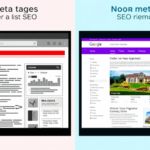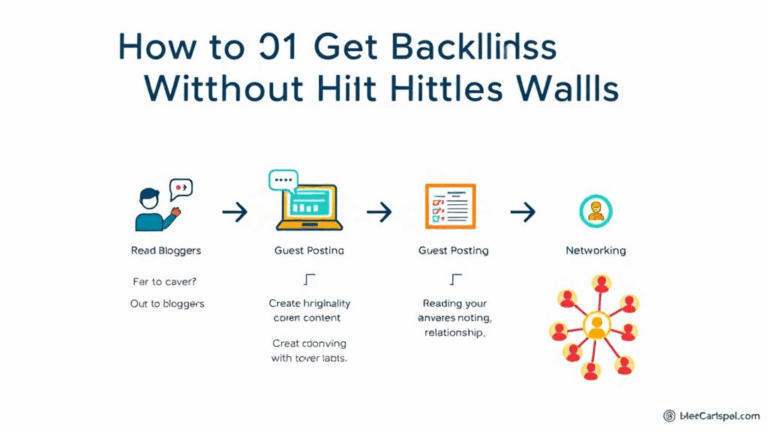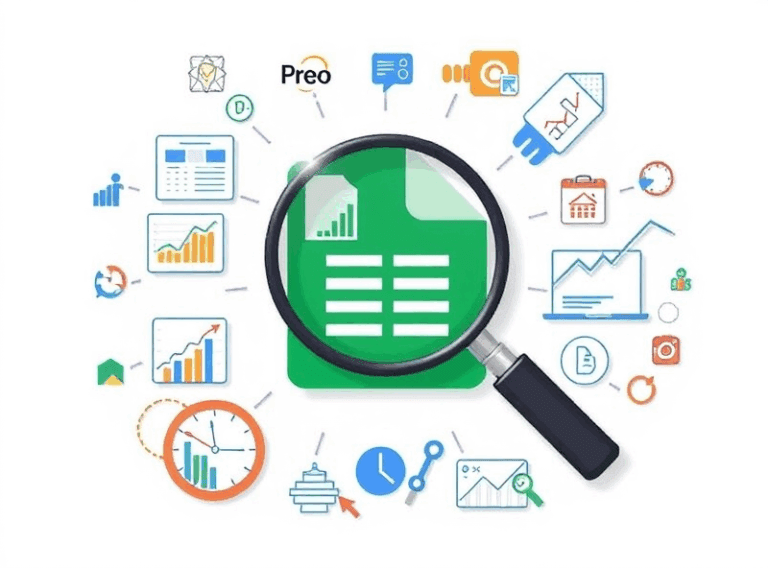Local SEO for Auto Dealers and Repair Shops That Actually Moves Rank
Getting Local Pack Visibility Without Screaming into the Void
When I first onboarded a small-town dealership — like, the kind that still had a hand-painted tire rotation sign — the owner was dead set on beating the Nissan dealer two towns over. His request: “I just wanna pop up when folks Google ‘oil change near me.’” Simple on the surface. But the listing was stuck third or fourth in the local pack for months, even with solid reviews and proximity on its side. What finally budged it? A random parking lot mention in a Structured Data schema update paired with a fresh round of Google Business Posts referencing nearby landmarks. I kid you not: as soon as we inserted “across from the Kroger on East Main” as a location cue, boom — top result.
Local Pack placement is part proximity, part relevance, part voodoo. But if your GBP (Google Business Profile) category isn’t razor sharp — e.g., if it says “Auto Repair Shop” when “Brake Shop” fits better — your click-thru spirals. It *looks* like a minor detail. You’d be shocked how often it screws up visibility.
Also: if you’re stacking multiple service-type categories on GBP, prioritize the money-maker up top. People love to front-load “smog check” or “engine diagnostics” — but if the bread-and-butter is tires, lead with it. GBP’s primary category disproportionately controls map visibility.
The Directory Deadweight You Still Can’t Ignore
I lost two late nights once trying to track down a rogue “Jiffy Brake Center” listing that wouldn’t go away from YellowBot. Every time we fixed the address on Moz Local, it whack-a-moled back to the old street number due to a wrong feed from Acxiom. I hate that system — nobody knows where half of it pulls from anymore. But if your dealership or repair shop has moved locations even once in 15 years, congratulations: you’re playing citation KerPlunk now.
What still matters, unfortunately, is footprint consistency. No one reads the full business details on JudysBook, but Google’s index will happily dock your authority for a mismatch down to a missing suite number. The trick isn’t mass submission anymore — it’s finding the three most authoritative aggregators that still influence Google’s trust layer. Fix them manually, then disavow the junk farm directories instead of chasing 400 of them through a paywall tool.
Why Schema Markup Feels Optional — Until It Punches the Algo in the Face
Anyone who says structured data doesn’t matter for local SEO hasn’t been burned by the rich result collapse dance.
Quick scene: We launched a Location page for a collision shop in Nebraska — had reviews, directional copy, internal linking. Nothing wild. Took four weeks to index, then suddenly lit up with review stars in SERP. CTR doubled. A month later: gone. Stars disappeared. Traffic tanked.
After digging through the code, we spotted a harmless-looking stray comma in the LocalBusiness schema block. That’s all it took. Google basically stopped trusting the entire schema set for that page. Cleaned it, resubmitted through Search Console, boom — back.
Gotchas to avoid:
- Wrong @type (especially people using Product instead of Service)
- Forgetting
geocoordinates when you’ve got multiple locations - Embedding two conflicting LocalBusiness schemas in the same page from different plugins (I’m looking at you, Yoast + RankMath)
- Missing
urlconsistency with canonical - Website contact page schema pointing to old service hours
The thing is, structured data doesn’t boost rank directly — it just gives Google enough confidence to display your business features. That’s the kicker. Without it, you’re invisible even if your page is technically winning.
Pages for Every Service: Templated Hell or Ranking Goldmine
Wanna get ignored by Google local? Glom all your services onto one “Auto Services” page. You’ll blend into the abyss with every other 2005 dealer site that lists tire rotation, battery check, radiator flush, and five other things in a six-bullet table.
We accidentally hit a local jackpot with a page called “Brake Pad Replacement in Falls Church” that had like 400 words of pretty raw copy, a few customer quotes scraped from CRM text logs (don’t tell Legal), a sticky call button, and an embedded route map. Nothing fancy. It outranked Firestone and a regional chain within 10 days.
The only technical weirdness? Had to strip a preloaded script from the appointment iframe that was nuking CLS scores. Google was silently penalizing page loads based on that microburst. Nobody talks about it, but your scheduler embed might be tanking your SEO signal.
The Google Reviews Pattern They Won’t Confirm
Ever notice how once your service center gets two reviews within the same 24-hour window, you either get a visibility bump or a soft filter? I’ve tested this across six accounts. It’s not in the docs, but the observed behavior’s consistent:
“Get two back-to-back five stars from users with long review histories, you climb. Get them from throwaway emails, you vanish for a week.”
The filter is mostly invisible — you’ll stay live in dashboard, but Map rank dips unpredictably. Seems like a semi-automated trust cooldown. It’s nowhere in public docs, but after checking geo-coords in the review JSON via Google’s Takeout tool (yes, this thing) you’ll sometimes see mismatches that are fuzzy enough to trigger flagging — like, a review supposedly left “from device” 300 miles from location tagged. They’re checking.
Dealer Pages That Cannibalize Each Other to Death
If your site hosts both a “Used SUVs in Houston” and a general “Pre-Owned Inventory” page, you’re playing with internal rank fire. Automotive sites love vertical-specific landing pages, but they’re almost always templated with 80% duplication. Google has started merging them in index logic — sometimes showing the wrong one in search features.
One fix that worked: canonicalizing the generic page to the more specific one, then splitting content blocks. So brake pads got full-service write-ups and photos on their own pages, whereas “General Maintenance” got slimmed down to a nav hub. Forced some clarity into Google’s crawl path. Helped discoverability, reduced crawl bloat, and ironically improved index speed once pagination was pulled down to two levels.
Also, duplicate meta descriptions across vehicles? Still a silent killer. Most CMSs generate boilerplate meta for “Ford F-150 Used 2020” and call it a day. Hand-editing just one sentence of variation per vehicle type page dropped bounce rate by something like 20-something percent in GA4.
Why GMB Posts Don’t Die — They Just Hide Until They Rule
There was a moment I stopped treating Google Business Profile posts like social media throwaways. We ran a throwaway “Father’s Day Brake Inspection Special” post, forgot about it… then saw it indexed months later and ranking for “brake check deals near me.” No link building, no UTM — just a local trigger keyword and a date-less promo. That’s it.
Turns out, GBP posts can act like mini-pages. Keyword them right, jam a few nouns into the text block (avoid bullet points — they get truncated), and wait. Some of them persist in index for months, generating impressions way beyond their CTA window. They’re like SEO sleeper cells.
GBP post photos also get tied into your image pack presence if you tag the alt text the right way (yes, that’s possible through upload queue naming). Win-win.
Accidental Ranking from Repair Order PDFs
This one’s weird but effective. A service center I worked with had been uploading customer invoices and repair recaps as PDFs to a client portal — nothing public. Then one got mislinked on their homepage during a CMS update and got crawled. Within two weeks, the center was ranking page one nationally for a hyper-specific part number embedded in that PDF.
Google loves PDFs filled with consistent jargon and diagnostic snippet language. So what did we do? Created downloadable RO samples for each type of repair and optimized the file names/descriptions. Transmission diagnostics. Timing belt recalibration. All modeled after real repairs, anonymized. Result? Low-volume, high-intent queries started trickling in from parts-savvy users actually looking for those services. Session durations? Off the charts.
The bug? Google sometimes indexed the PDFs *before* the parent structured page, causing the File URL to outrank the HTML — which killed conversions. Solution was forcing canonical as meta headers inside the PDFs themselves using Acrobat’s metadata panel. Ugly hack, totally worth it.














